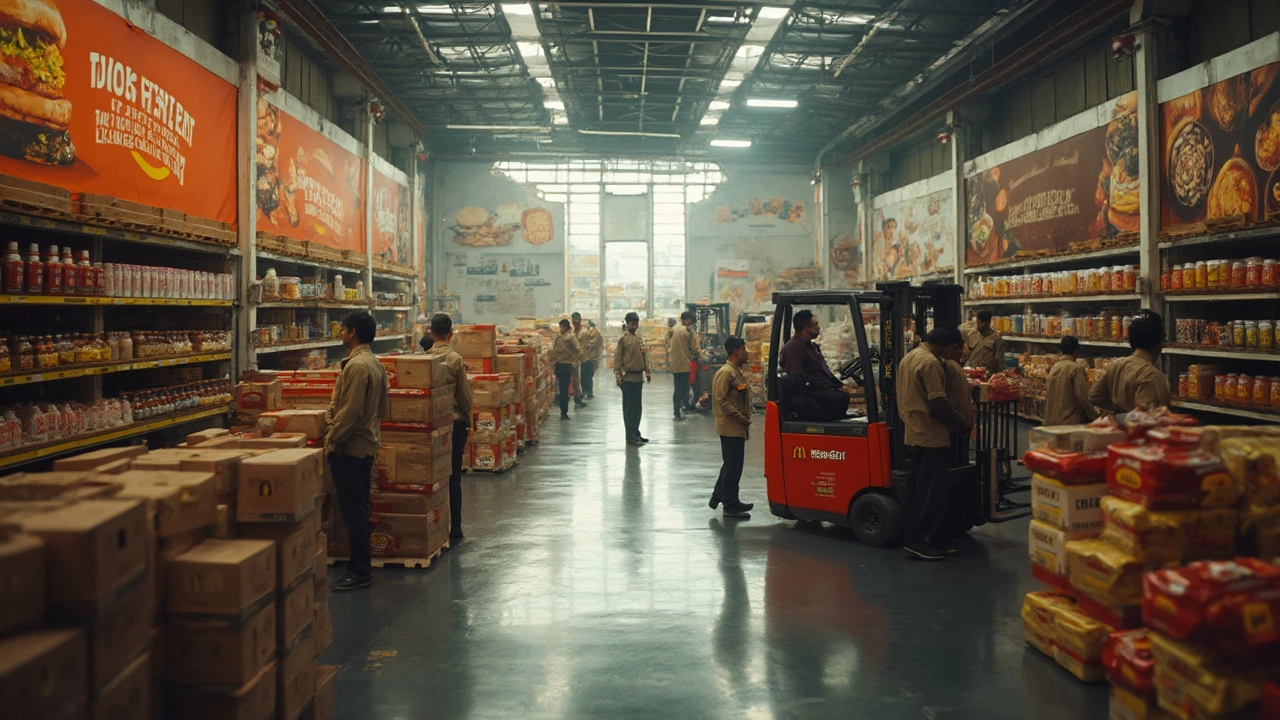Food Logistics: Keeping Your Products Fresh and Delivered on Time
When you run a food business, getting items from the kitchen or farm to the customer without losing quality is everything. That’s why food logistics matters – it blends storage, transport, and timing into a seamless flow. If you’re wondering how to make it work without losing money or customers, you’re in the right place.
Why Food Logistics Matters
First off, food is perishable. A delay of just a few hours can turn fresh produce into waste. A good logistics system protects temperature, tracks shelf life, and ensures the right product lands at the right place when they need it. It also helps you stay competitive: fast, reliable delivery builds trust and can win repeat business.
Second, the cost of mishandled goods adds up fast. Spoiled inventory, missed delivery windows, and extra storage fees hurt the bottom line. Smart food logistics cuts those losses by using real‑time data, proper packaging, and efficient routing.
Key Tools for Efficient Food Logistics
Modern software makes a huge difference. A Warehouse Management System (WMS) helps you organize cold storage, track batch numbers, and pick orders without errors. Pair it with a Transportation Management System (TMS) to choose the fastest routes, calculate mileage costs, and keep drivers on schedule.
Cold‑chain technology is another must. Insulated trucks, temperature‑controlled warehouses, and real‑time monitoring sensors keep food at the right temperature from start to finish. Even simple steps like using reusable insulated containers can lower costs and reduce waste.
Last‑mile delivery is where the customer experience is decided. Whether you use a dedicated fleet or partner with a courier service, clear communication and tracking keep customers informed. Offering options like same‑day or next‑day delivery, especially for fresh produce or prepared meals, can boost sales.
Don’t forget about compliance. Food safety regulations require accurate record‑keeping and traceability. A good logistics platform automatically logs temperature data, handling notes, and delivery timestamps, making audits painless.
Finally, think about scalability. As your business grows, you’ll need more storage space, more vehicles, and perhaps a hub near major markets. Planning for expansion now can save you headaches later. StockOne Logistics, for example, offers flexible warehousing and transport solutions that grow with your needs.
To sum up, effective food logistics mixes the right technology, temperature control, and clear communication. It protects product quality, cuts waste, and delights customers. Start by evaluating your current storage and delivery process, add a simple WMS or TMS if you don’t have one, and invest in reliable cold‑chain equipment. The payoff shows up in fresher food, happier buyers, and a healthier profit line.
Does McDonald's Use Warehouses? How Their Supply Really Works
Ever wondered what keeps McDonald's kitchens running like clockwork? This article dishes out real insights on whether McDonald's uses warehouses and how their supply chain keeps up with massive daily demand. Find out what goes on behind the scenes, from frozen fries storage to burger patty delivery. Get practical facts that break down warehouse strategy in the fast-food industry. This is the inside scoop on the systems powering your late-night Big Mac.
Read More